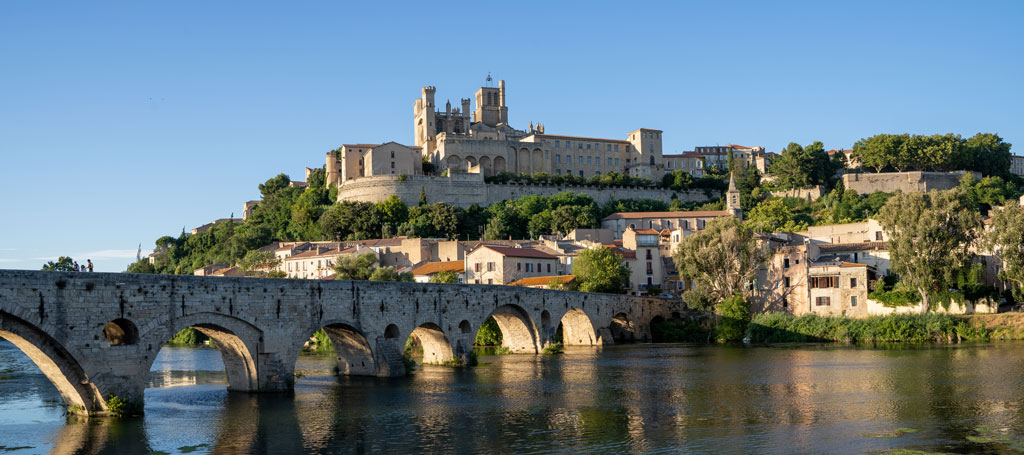
Tower of the Pines

This point of interest is available as audio on the tour: Visit Montpellier, The Gifted City
To admire another remarkable witness to Montpellier’s history, all you need to do is to walk a 120 meters in a straight line from here. Nestled in the middle of a small square, the Tower of the Pines is one of the last remnants of the line of ramparts commissioned by Guilhem VIII, lord of the city, in the early 13th century. In total, 25 towers encircled and guarded the historic center. The Tower of the Pines and its companion, the Babote Tower, are the only ones still standing today. And given the events they’ve weathered, the Wars of Religion or the Counter-Reformation conducted to push back and eliminate Protestantism, that was no easy feat… Standing 25 meters tall, compared to its original 29 meters, the Tower of the Pines has been utilized for various purposes. After losing its defensive function in 1592, it became a prison during the French Revolution, then a convent for repentant young women in the early 1800s. From 1886 to June 2000, more than 4,000 documents belonging to the municipal archives were transferred and stored in the medieval monument, freshly restored for the occasion. Since 2003, this location has been home to the Barons of Caravètes, a brotherhood that continues the tradition of inducting Montpellier residents with family history in the city as ‘Barons of Caravètes.’
The Pine Tower is not only a reminder of times past and a showcase of ancient traditions—it’s also the main character in a well-known Montpellier legend. A legend that explains its rather unusual name. At the top of the building, you can see the tips of two trees peeking out. You might never have noticed them without us pointing them out!
This curiosity apparently caught the attention of Nostradamus himself, a former student at Montpellier’s Medical School. When he arrived in 1529, the Provençal man was immediately struck by the two pine trees standing on the roof of the watchtower. He predicted that ‘when the pines disappear, the city will perish.’
Imagine the anxiety of the locals when one of the pines fell in 1828! Although nothing terrible happened to the Languedoc capital after this event, the city has continuously watched over the trees, even replacing them with cypress trees when they died in 1960. So the predicted end of Montpellier hasn’t arrived yet!


Discover Montpellier with app
An interactive guide through the most beautiful streets, squares, and districts
19 fun audioguides full of historical facts, anecdotes, and legends





Comments